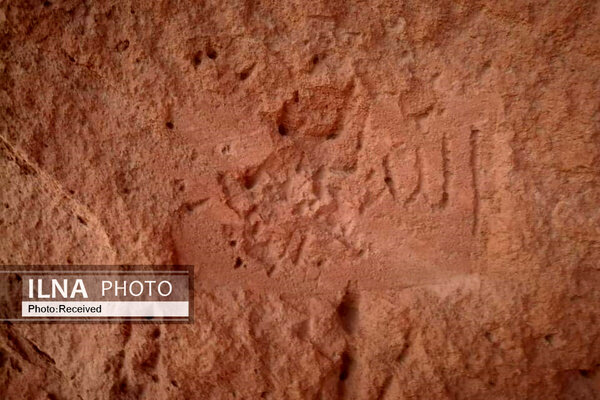Petroglyph bearing name Allah discovered in Fars

TEHRAN – An ancient inscription has recently been found in the southern province of Fars, ILNA reported on Monday.
Archaeologists have recently discovered a petroglyph in the region bearing the name Allah, said Iranian archaeologist Abolhassan Atabaki.
The rock carving is estimated to date back to the early-Islamic era, he added.
Ancient works and stone inscriptions discovered in the region over the past few years have always captured the interest of archaeologists, historians, and people interested in ancient languages.
In January, Atabaki announced that a Sassanid-era petroglyph, written on the subject of wishing for a holy marriage for an Iranian lady, was discovered in the region.
An ancient rock drawing of a Sassanid-era horseman was also discovered in Marvdasht plain in the province, he mentioned.
Moreover, in February, a petroglyph containing verses from a poem by the Persian poet Sheikh Muslih od-Din Sadi Shirazi was discovered in the province.
The ancient region of Fars, known as Pars or Persis, was the heart of the Achaemenid Empire founded by Cyrus the Great and had its capital in Pasargadae. Darius I the Great moved the capital to nearby Persepolis in the late 6th or early 5th century BC. Alexander the Great defeated the Achaemenian army at Arbela in 331 and burned Persepolis apparently as revenge against the Persians because it seems the Persian King Xerxes had burnt the Greek City of Athens around 150 years earlier.
Persis became part of the Seleucid kingdom in 312 after Alexander’s death. The Parthian empire (247 BC– 224 CE) of the Arsacids (corresponding roughly to the modern Khorasan in Iran) replaced the Seleucids' rule in Persis during 170–138 BC. The Sasanid Empire (224 CE–651) had its capital at Istkhr. Not until the 18th century, under the Zand dynasty (1750–79) of southern Iran, did Fars again become the heart of an empire.
ABU/AM
